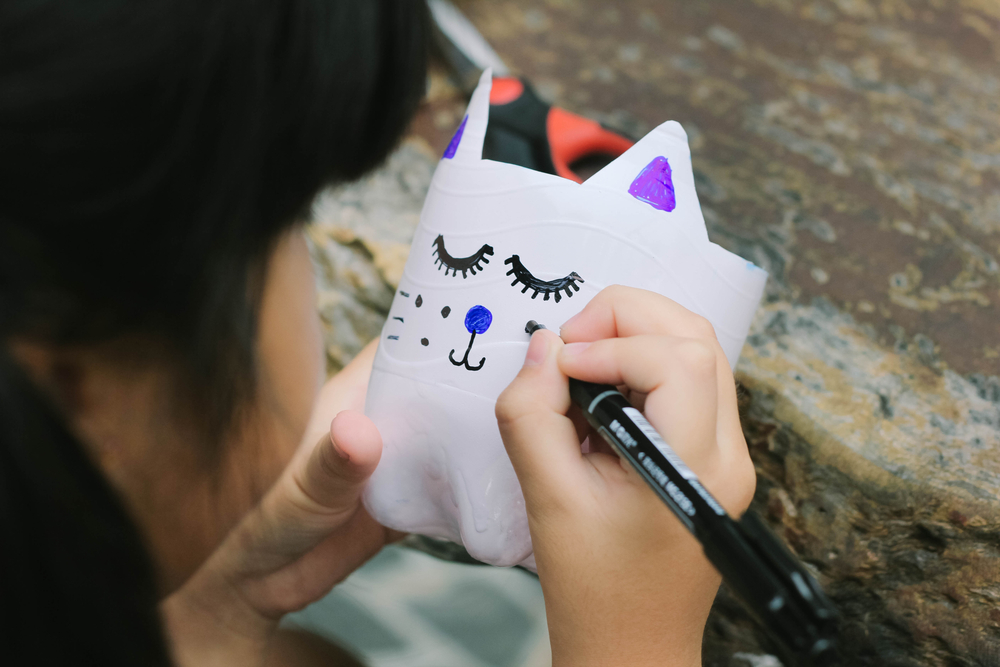Normal Seasons Worksheets for Ages 3-6
7 filtered results
-
From - To
Welcome to our "Normal Seasons Worksheets for Ages 3-6"! Our engaging and educational printables are designed to introduce young learners to the four seasons—spring, summer, autumn, and winter. Each worksheet features colorful illustrations and age-appropriate activities that encourage kids to explore seasonal changes, identify weather patterns, and connect with nature. Perfect for home or classroom use, these worksheets foster creativity, critical thinking, and excitement about learning. Whether through matching games, coloring tasks, or simple quizzes, your little ones will gain a deeper understanding of the world around them. Download our fun worksheets today and make learning about seasons an enjoyable adventure!


Guess the Season Worksheet


Seasons Match Worksheet


Sun and Seasons Worksheet


The Four Seasons Worksheet


Activities for Different Kinds of Weather Worksheet


Wrong Seasons Worksheet


Explore the Seasons Worksheet
Understanding normal seasons is crucial for parents and teachers of children aged 3-6 as it fosters a foundational knowledge of the world around them. During this developmental stage, children are naturally curious and eager to explore their environment. Teaching about seasons helps them comprehend basic natural changes and cycles, stimulating their cognitive and observational skills.
Learning about spring, summer, autumn, and winter introduces children to various weather patterns, shedding light on concepts like temperature, climate, and the environment. This knowledge not only enhances their vocabulary but also enhances their ability to describe and differentiate between what they observe.
Additionally, seasonal themes provide a rich basis for interdisciplinary learning; children can engage in science projects by observing plants, art activities by creating seasonal crafts, and language activities using seasonal storytelling. It inscribes the value of nature and encourages outdoor exploration, which can aid physical health and well-being.
By understanding normal seasons, parents and teachers can help cultivate a sense of wonder and some responsibility for their surroundings in young learners. This foundational knowledge will serve as building blocks as they advance in their education and develop lifelong learning attitudes.

 Assign to My Students
Assign to My Students






%20(1).jpg)










